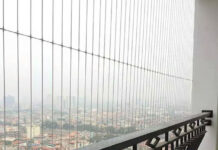The book, ‘Gia Định Thành Thông Chí’, mentions Bang Bot Market (the former name of Thu Dau Mot Market), which belonged to Bien Hoa town: “In Binh Chanh commune, houses are densely packed, boats are docked bustlingly, and products from the mountains and forests are abundant.”
Similarly, the ‘Dai Nam Nhat Thong Chi’ also refers to “Bang Bot Market,” located in Bien Hoa province, and records the market’s name as Phu Cuong Market: “Phu Cuong Market belongs to Phu Cuong village, Binh An district, and is also called Thu Dau Mot Market. The market is located near the district headquarters, where vehicles, boats, and people gather in large numbers.”
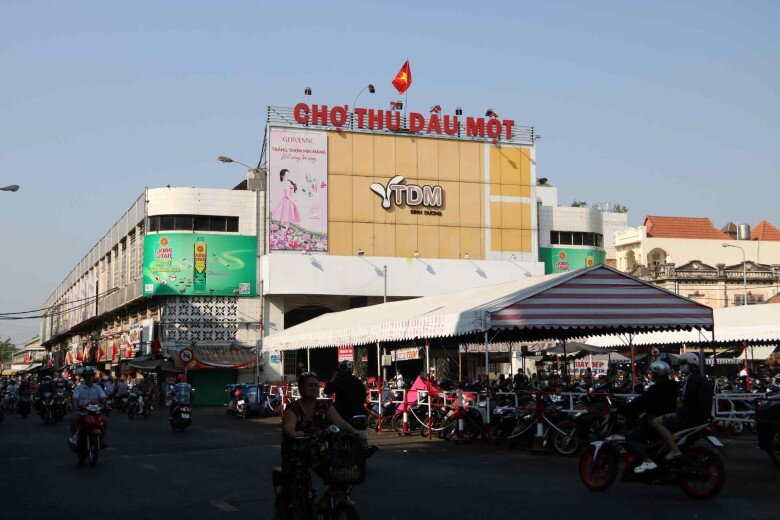
There are several theories about the origin of the name “Thu Dau Mot.” Some believe that it came from the fact that the area used to have many thau dau trees, and the name evolved from there. Others recount that because the military garrison at the Binh An district headquarters was located on a hill with a large dau tree, the people called the area Thu Dau Miet, which eventually became Thu Dau Mot.
In the 17th century, the Phu Cuong area was still pristine, covered by dense forests. The areas along the river were swampy, but the alluvial deposits from the Saigon River made the land fertile over time. Compared to other ancient markets in Binh An district, such as Tan Hoa, Thi Tinh, and Binh Nhahm Thuong markets, Phu Cuong Market emerged later but still possessed distinct characteristics.

During the French colonial period, Binh An district was separated from Bien Hoa province to form the province of Thu Dau Mot. At that time, the province was divided into three districts: Chau Thanh, Hon Quan, and Bu Dop. Phu Cuong village served not only as the district headquarters of Chau Thanh but also as the provincial capital of Thu Dau Mot. Even before the French arrived, Phu Cuong Market was already a bustling trading center along the Saigon River.
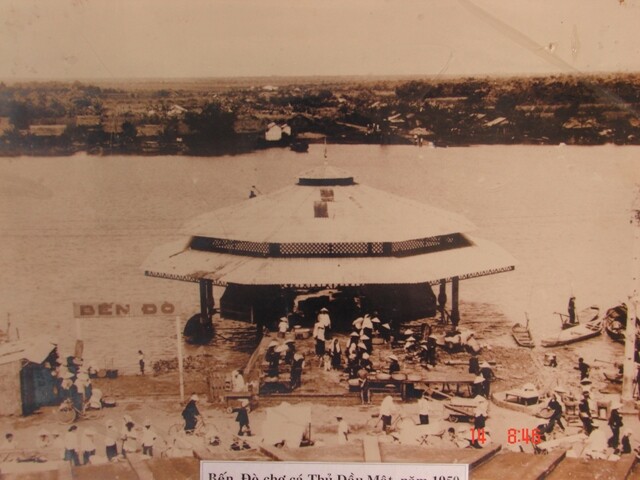
When the French controlled the six southern provinces, including Binh An district of Bien Hoa province, Thu Dau Mot market underwent significant changes. According to the ‘Dia Phuong Chi Binh Duong’ (written in 1888), in 1890, the French filled in the Phu Cuong canal, which was connected to the Saigon River. In 1935, they restored Thu Dau Mot market following the model of a traditional French market, resembling both the markets of Phnom Penh (Cambodia) and Ben Thanh (Saigon), while retaining its original location.
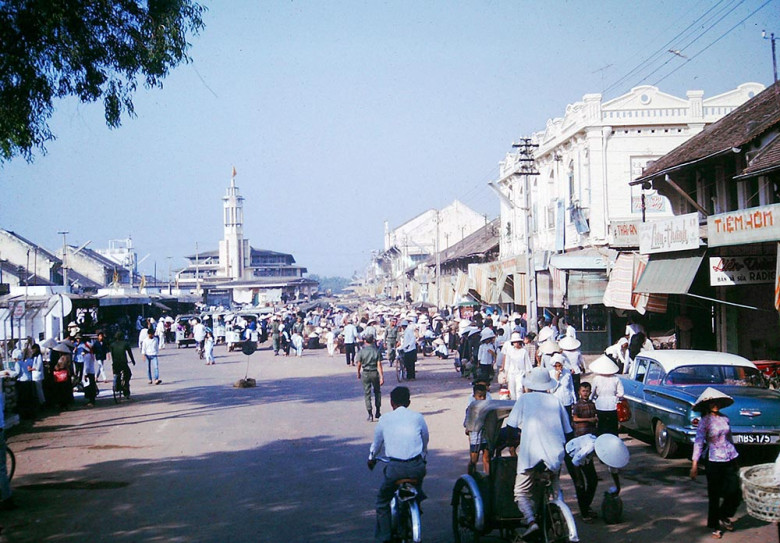
Three years later, the new face of Thu Dau Mot market became more modern and spacious than many other markets. According to the Binh Duong Provincial People’s Committee’s website, the market is divided into seven large and small areas in a rectangular shape, including three separate buildings. Starting from Tran Hung Dao Street, one will find the Thuong Xa area, where stalls are set up. Next is the food court, and further on is the market row with the Clock Tower.
The market row, constructed in 1935 and designed by French architect Bonnemain, has an area of 2,590 square meters, with two floors and a double roof, reaching a height of 10.3 meters. The highlight of the market is the hexagonal Clock Tower standing in the center. With a height of 23.72 meters, the tower has four floors, with the first floor having a ceiling height of 6.5 meters. From the second floor, the tower’s body features hexagonal columns that gradually narrow towards the top in a classic tiered style. Notably, the third floor houses the concrete foundation for the four clock faces, with a white background, blue numbers, and black hands. Four concrete slabs above protect the clocks from the elements, while the four clock faces orient towards the four cardinal directions, becoming an iconic symbol in the minds of Binh Duong residents.
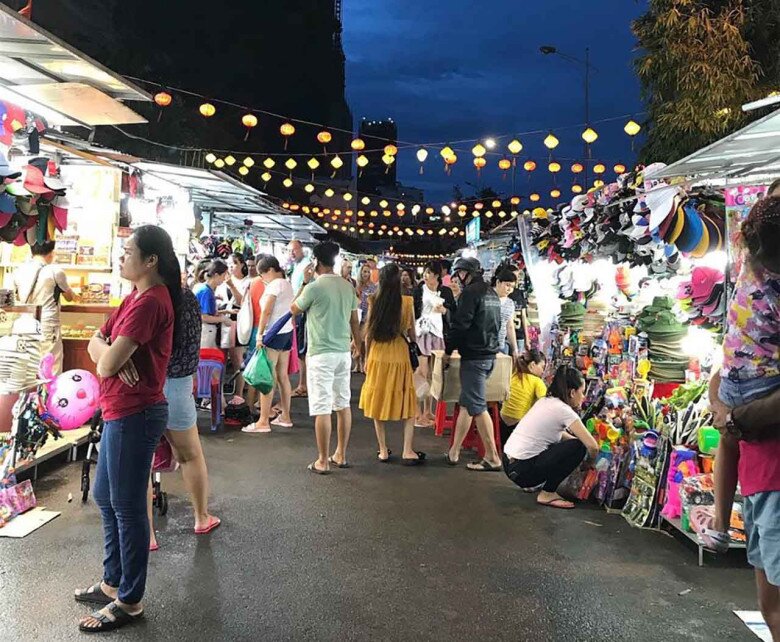
Not only is it a familiar part of the local people’s lives, but the Clock Tower of Thu Dau Mot market also holds significant historical value, witnessing the changes of this land over centuries.
In the past, Thu Dau Mot market, located by the Bach Dang wharf, was a great source of pride for the locals. It was a bustling trading center, specializing in ceramics, handicrafts made from bamboo and rattan, lacquerware, wood carvings, and more. Traders from all over the six southern provinces came not only to exchange goods but also to bring the characteristic products of their localities for trade. Along with Cu Lao Pho (Dong Nai) and Ben Nghe (Saigon), Thu Dau Mot market at that time left a strong impression on the vibrant trade map of Southeast Vietnam.
Recently, the Chairman of the Binh Duong People’s Committee, Mr. Vo Van Minh, announced plans to redevelop Thu Dau Mot market into a cultural-historical tourist destination. Accordingly, the market will be connected to the Saigon River waterfront pedestrian street and other landmarks bearing the French colonial imprint, such as the Phu Cuong House and the Tran Cong Vang Ancient House, preserving the cultural and historical values of this land.



























